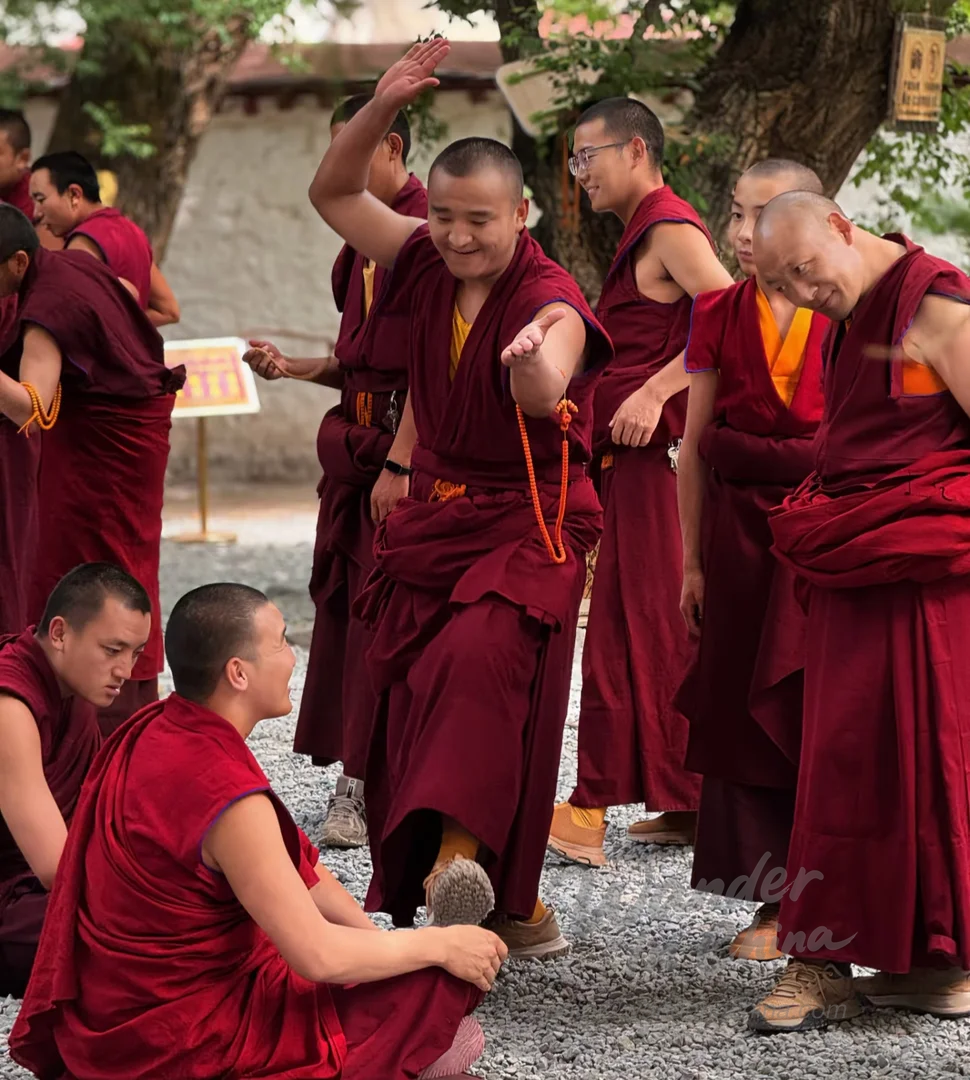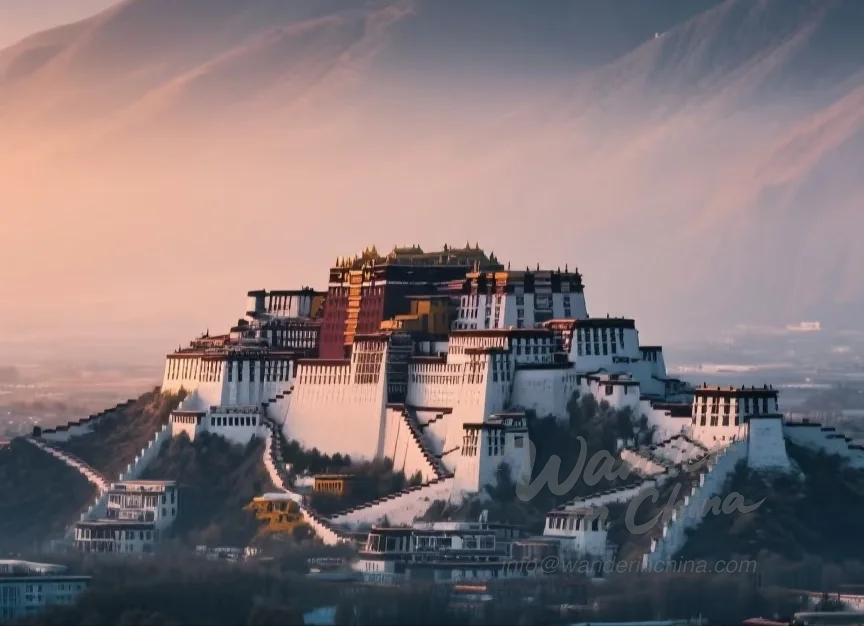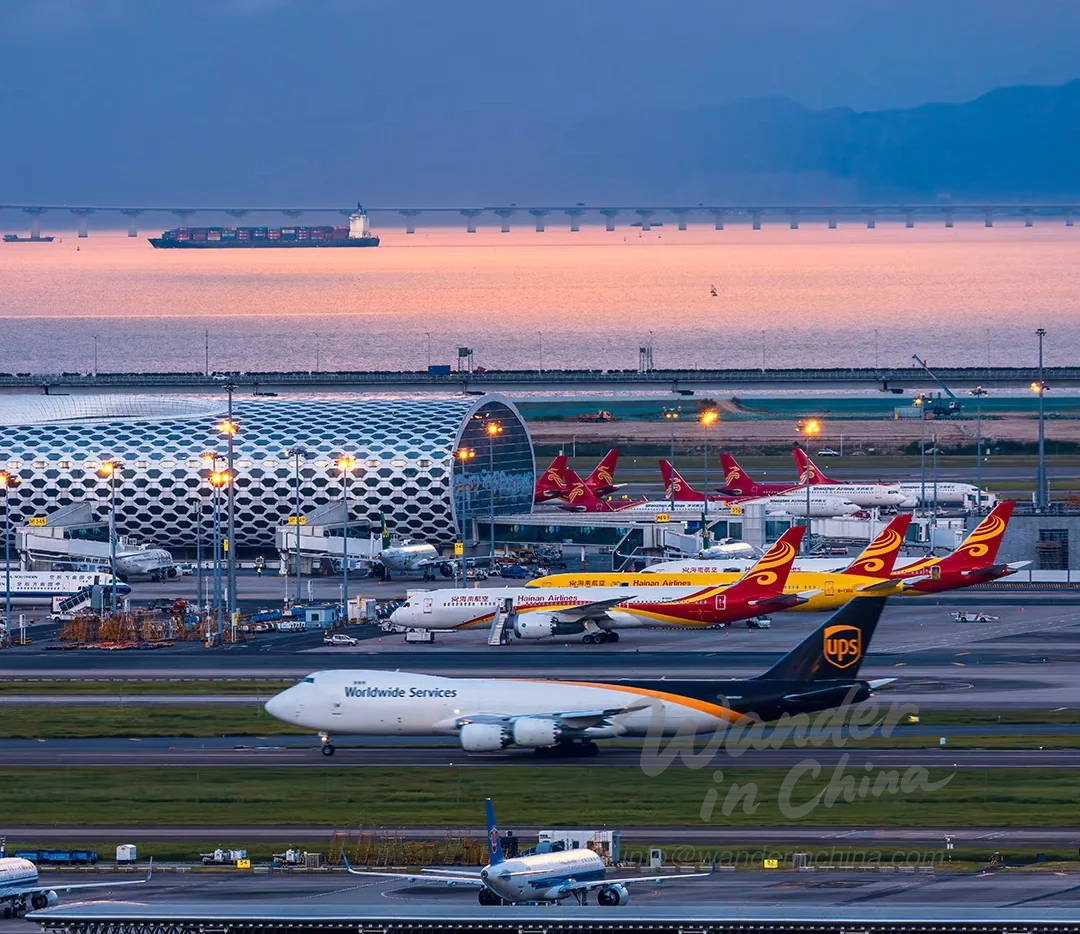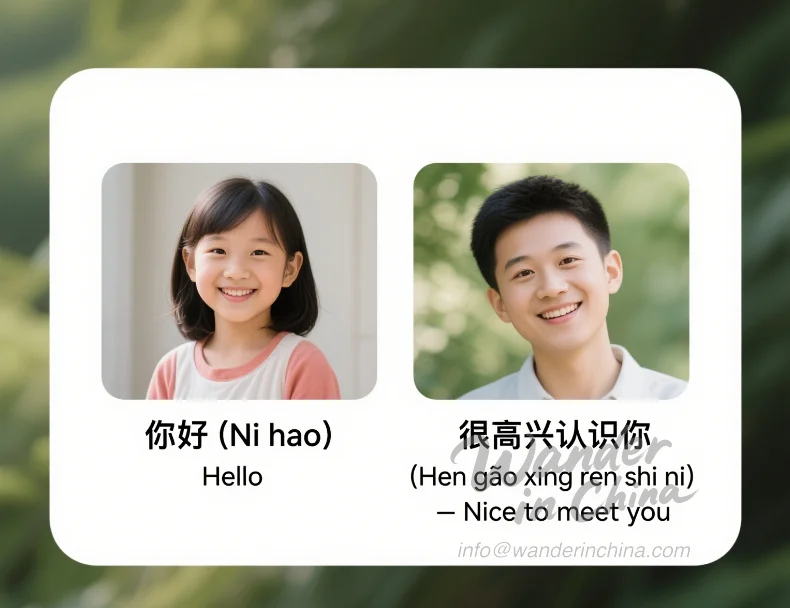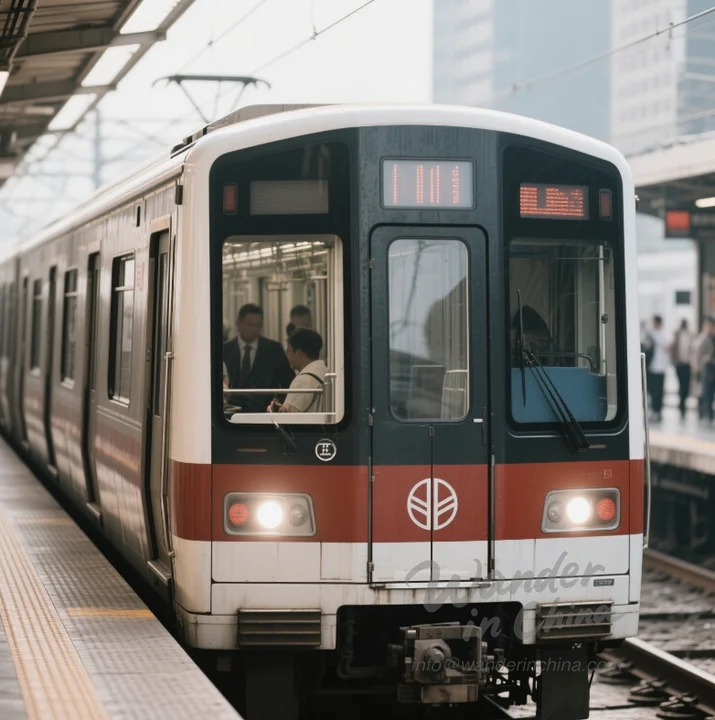Suzhou Silk: Your Guide to Buying Authentic, High-Quality Products
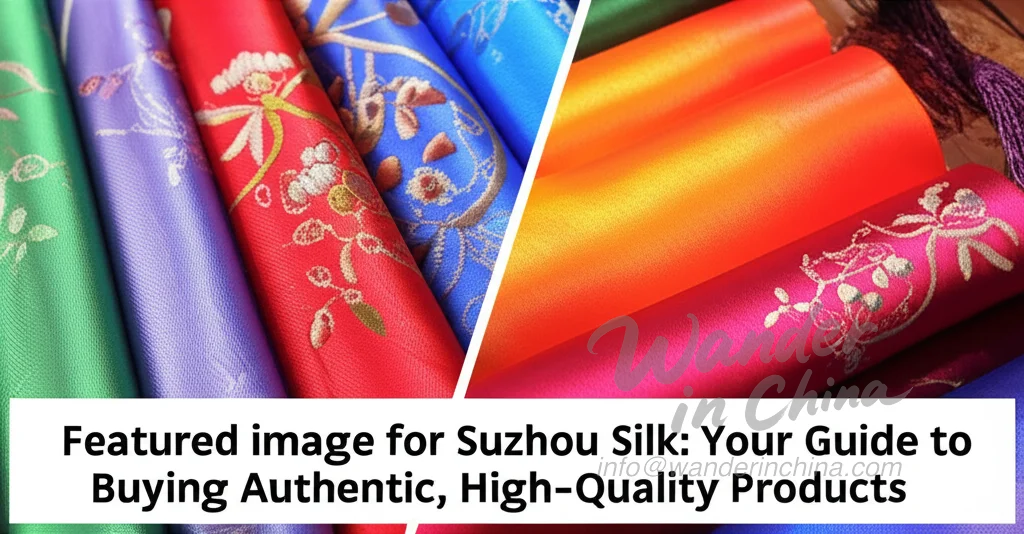
Suzhou, often hailed as the “Venice of the East,” is not only famous for its stunning gardens and canals but also for its exquisite silk. For centuries, Suzhou has been a center of silk production, renowned for its quality and craftsmanship. This guide will help you navigate the world of Suzhou silk, ensuring you purchase authentic products and understand the rich history behind this luxurious fabric. For a complete overview of this beautiful city, see our main guide to Suzhou.
Introduction to Suzhou Silk
Suzhou silk is more than just fabric; it’s a cultural emblem. Known for its smooth texture, vibrant colors, and intricate designs, it has been a prized commodity for centuries. From clothing to bedding to art, Suzhou silk graces many aspects of life. Understanding its significance is key to appreciating its value.
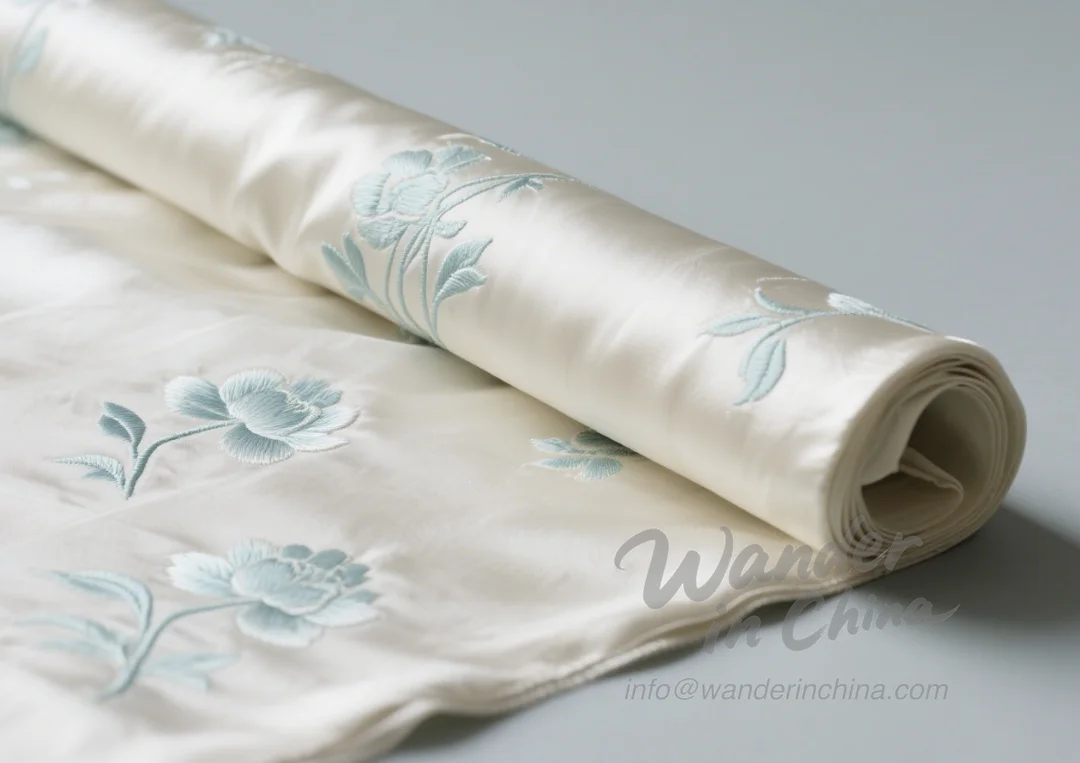
History and Significance
The history of Suzhou silk dates back over 4,000 years. During the Song Dynasty (960-1279), Suzhou became the primary silk production center in China. The silk industry flourished, contributing significantly to the city’s economic and cultural development. The silk produced here was often used for imperial robes and gifts, highlighting its prestigious status. Today, the tradition continues, with skilled artisans preserving the ancient techniques. Learning about the history of Suzhou silk adds another layer of appreciation when you <Link to Hub Page: Suzhou: The Venice of the East – Ultimate Travel Guide>.
Types of Silk Products
Suzhou offers a wide array of silk products, each with its own unique characteristics and uses. Some popular items include:
- Silk Fabric: Available in various weaves, weights, and patterns, perfect for clothing, upholstery, and crafts.
- Silk Clothing: From traditional qipaos to modern dresses, silk clothing offers unparalleled comfort and elegance.
- Silk Scarves: A versatile accessory, silk scarves come in countless designs and colors.
- Silk Bedding: Known for its luxurious feel and temperature-regulating properties, silk bedding ensures a comfortable night’s sleep.
- Silk Embroidery: Intricate silk embroidery is a cherished art form in Suzhou, often depicting landscapes, flowers, and birds.
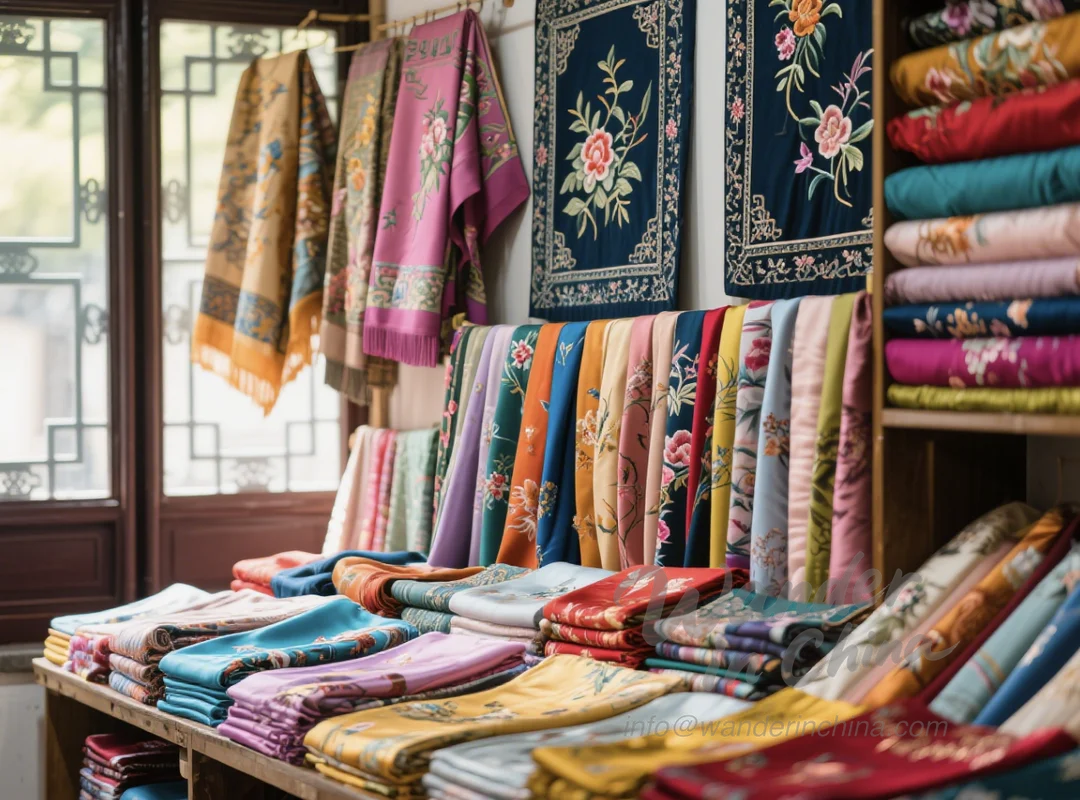
Where to Buy Silk in Suzhou
Finding authentic Suzhou silk requires knowing where to look. While there are many options, some are more reputable than others.
Silk Markets, Factories, and Shops
- Suzhou Silk Market (丝绸商场): A bustling marketplace offering a wide range of silk products at varying prices. Bargaining is expected. Be cautious and inspect the quality carefully.
- No. 1 Silk Factory (第一丝绸厂): A state-owned factory with a long history of producing high-quality silk. Offers factory tours and a showroom where you can purchase silk products directly.
- Taijian Lane (太监弄): A historic street lined with shops selling silk clothing, scarves, and accessories. A good place to find unique and handcrafted items. Consider exploring Exploring Pingjiang Road: Suzhou’s Historic Canal-Side Street for more shopping opportunities.
- Specialized Silk Shops: Numerous smaller shops throughout the city specialize in specific silk products, such as embroidery or bedding. These shops often offer higher quality and more personalized service.
How to Identify Authentic Silk
Distinguishing real silk from synthetic imitations can be challenging. Here are some tips to help you identify authentic Suzhou silk:
Tips and Tricks
- The Burn Test: Take a small sample of the fabric and burn it. Real silk will smell like burning hair and leave a brittle, crushable ash. Synthetic fibers will melt and smell like burning plastic.
- The Touch Test: Real silk feels smooth and soft to the touch. It also has a natural sheen that is not overly shiny. Synthetic fabrics often feel slippery or plastic-like.
- The Price Test: Real silk is generally more expensive than synthetic fabrics. Be wary of extremely low prices, as they may indicate a fake.
- The Label Test: Check the label carefully. Authentic silk products should be labeled as “100% silk” or “mulberry silk.”
- The Water Test: Real silk absorbs water quickly and dries relatively fast. Synthetic fabrics tend to repel water.
- The Wrinkle Test: Real silk wrinkles easily, while synthetic fabrics are often wrinkle-resistant.
- Examine the Weave: Authentic silk has a tight, even weave. Look closely for any imperfections or loose threads, which may indicate a lower quality fabric. When planning your trip, consider looking at Suzhou Itineraries: Planning Your Perfect Trip for the best time to visit silk markets.
